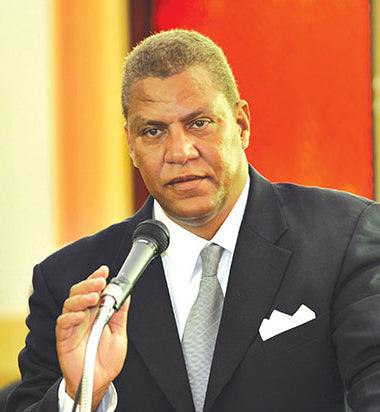About Us
The Early Roots: The Negro Chamber of Commerce (1927)
The organized history of Black business advocacy in Monroe stretches back nearly a century. In 1927, during the height of Jim Crow segregation, local Black professionals and entrepreneurs recognized the need for a united voice to support economic self-sufficiency. That year, two pioneering physicians, Dr. J.C. Roy and Dr. Arthur Miller, helped establish the Negro Chamber of Commerce in Monroe.
At the time, Monroe’s Black community had built a thriving parallel economy. Funeral homes such as Miller Funeral Home and Richardson Funeral Home provided not only services but also served as centers of dignity and stability. Insurance companies like Reliable Life Insurance, Universal Life, and later local Black-owned agencies helped families secure the future at a time when mainstream firms denied coverage.
At the center of the growth of the community Negro newspaper, promoted by the Chamber, was the “Monroe Broadcast,” and later in 1969, it financed the Monroe Free Press. The cooperative efforts of the Negro Chamber resulted in community support for grocery stores, barber shops, seamstresses, hotels, professional offices, a printing shop, and small cafés that dotted South Monroe, each one a testament to the resilience and creativity of African American enterprise.
The Negro Chamber became a rallying point for these businesses. It encouraged African Americans to patronize their own community, highlighted success stories, and provided a platform for pressing city leaders to provide fairer treatment. Just as important, it cultivated pride—showing the community that economic independence was a form of liberation.
The Mid-Century Challenges
The Negro Chamber’s influence was significant throughout the 1930s and 1940s, when Monroe’s Black-owned businesses thrived in areas such as the DeSiard Street Strip, from 14th to 5th Street, as well as the Renwick, Booker T. Washington, Robinson, and Bryant’s Addition neighborhoods. Families relied on Black-owned corner stores for their daily groceries and on Black barbers and beauticians to keep them sharp for Sunday service.
But by the 1950s and 1960s, integration brought new challenges. Black consumers, now able to shop freely in previously white-only establishments, were drawn away from the businesses that had sustained them for decades. Many grocery stores and dry goods shops struggled to compete with larger, white-owned retailers. Still business pillars continued to serve as anchors of the community. The absence of a strong chamber, however, left many struggling entrepreneurs without organized support.
By the late 90s, many of the early Negro Chamber leaders faded from the scene after seven decades of promoting African-American business efforts.
The Rebirth: African-American Chamber of Commerce (1997)
In 1997, seventy years after the Negro Chamber’s founding, a new generation of leaders revived the mission under the banner of the Northeast Louisiana African-American Chamber of Commerce of Monroe, Louisiana (AACCM).
Under the leadership of Attorney James Ross, the Chamber once again provided structure and advocacy for Black businesses. Memberships were deliberately accessible—$100 annually for businesses and $25 for individuals—so that even the smallest enterprises could join. This inclusiveness echoed the Negro Chamber’s original spirit, ensuring that the barber with one chair and the funeral director with a fleet of cars both had a place at the table.
AACCM’s mission was twofold: to advocate for Black businesses in legislative and political arenas, and to promote them in the community. By lobbying for equitable policies, supporting minority contracting opportunities, and creating platforms for visibility, the Chamber gave Black entrepreneurs in Monroe the recognition they long deserved.
Community recognition was central. Just as the Negro Chamber had spotlighted neighborhood stores and professional offices, AACCM highlighted modern businesses—
law firms, real estate agencies, restaurants, and service providers—reminding Monroe that African-American entrepreneurship was still a powerful force.
The Negro Chamber of 1927 and the AACCM of 1997 are not two disconnected stories but rather one continuous narrative of resilience. Both were born in times of transition, both answered the call for advocacy, and both celebrated the ingenuity of Black enterprise
Looking Forward
Today, the Northeast Louisiana African-American Chamber of Commerce stands as a living legacy of Dr. J.C. Roy, Dr. Arthur Miller, and B.D. Robinson and the pioneering entrepreneurs who built businesses despite exclusion.
It is also the fulfillment of the vision carried forward by Attorney James Ross and the leaders of the 1997 rebirth.
From the corner grocery to the modern tech startup, from the funeral home to the real estate broker’s office, the mission remains unchanged: to uplift, advocate, and empower Black-owned businesses so that the entire Monroe community can thrive.




